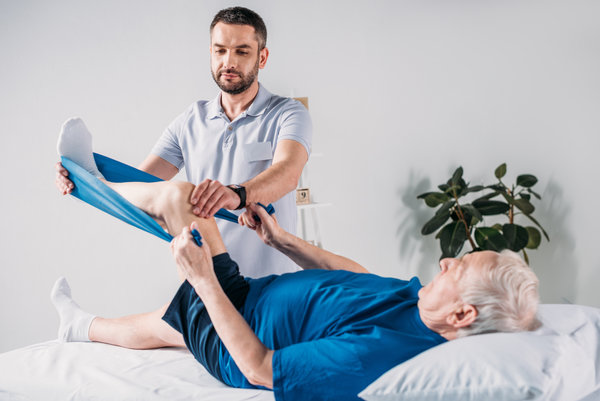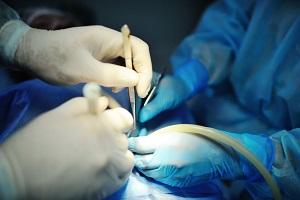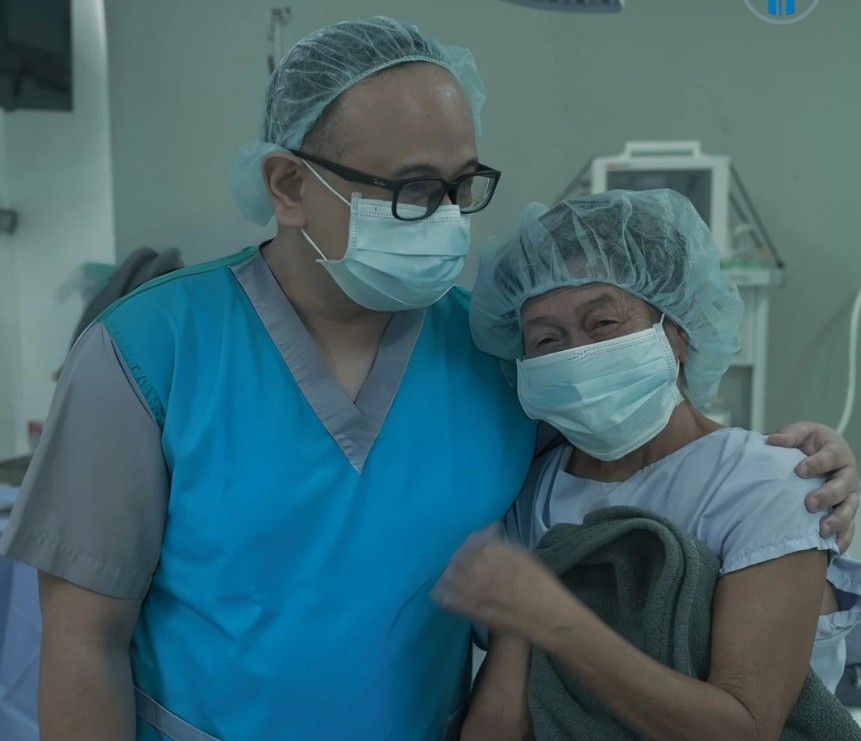Recovering from hip replacement surgery is more than simply allowing the body to heal—it’s about rebuilding strength, improving flexibility, and regaining independence. Total hip replacement exercises play a critical role in ensuring that patients restore mobility, prevent complications, and return to daily activities with confidence. At the Hips and Knees Joint Restoration and Replacement Center in the Philippines, international patients from the USA, UK, Australia, and New Zealand benefit from advanced surgical techniques, compassionate care, and tailored rehabilitation programs that prioritize these exercises as an essential part of healing.
Why Total Hip Replacement Exercises Matter
Surgery is only the first step toward a pain-free, active life. The true success of hip replacement depends on how well patients engage in their rehabilitation program. Total hip replacement exercises are specifically designed to:
- Restore mobility and joint function that may have been lost due to arthritis or injury.
- Strengthen supporting muscles, including the glutes, quadriceps, and core, which stabilize the new hip joint.
- Prevent stiffness, blood clots, and other post-surgical complications.
- Speed up recovery so patients can walk, climb stairs, and perform daily tasks sooner.
- Build confidence to resume an active lifestyle without fear of reinjury.
At our center, patients are guided through every stage of recovery, ensuring that total hip replacement exercises are performed safely and effectively.
Guidelines for Safe Recovery Exercises
Before beginning any movement routine, safety is the foundation. While total hip replacement exercises are vital, they must be performed correctly to protect the new joint and promote healing. Key guidelines include:
- Always follow the instructions of your surgeon or physiotherapist.
- Start with gentle, low-impact movements and progress gradually.
- Avoid high-impact activities, twisting motions, or crossing your legs during the early recovery phase.
- Listen to your body and stop if you feel sharp pain or unusual discomfort.
- Incorporate breathing and relaxation techniques to reduce muscle tension during exercises.
At the Hips and Knees Joint Restoration and Replacement Center, patients receive personalized exercise plans that respect their stage of healing, lifestyle, and overall health condition.
Early-Stage Total Hip Replacement Exercises (First Weeks)
The first few weeks after surgery set the tone for recovery. Early exercises focus on circulation, gentle mobility, and activating key muscles. Common early-stage total hip replacement exercises include:
- Ankle Pumps: Repeatedly flexing and pointing the toes to improve blood circulation and reduce the risk of blood clots.
- Gluteal Squeezes: Tightening the buttock muscles to maintain hip stability and strength.
- Heel Slides: Sliding the heel along the bed while keeping the knee bent to encourage range of motion in the hip.
- Quad Sets: Contracting the thigh muscles while keeping the leg straight to activate the quadriceps.
These total hip replacement exercises are gentle yet powerful in laying the groundwork for safe mobility. They can usually be performed multiple times a day under supervision or with clear instruction.
Intermediate Exercises (4–6 Weeks Post-Surgery)
As healing progresses, patients are typically ready for slightly more challenging movements that restore strength and coordination. Intermediate total hip replacement exercises often include:
- Standing Hip Abductions: With support, lifting the leg sideways to strengthen hip stabilizers.
- Mini Squats: Performed with support, these build quadriceps and glute strength while enhancing balance.
- Step-Ups: Practicing on a low step to simulate daily activities like climbing stairs.
- Stationary Biking: Using a gentle cycling motion to improve joint mobility and cardiovascular health.
At this stage, patients begin to feel more confident in walking and resuming light household tasks. The guidance of a physiotherapist ensures exercises are performed correctly and adjusted to match progress.
Advanced Exercises for Long-Term Strength and Mobility
After the initial six weeks, patients typically transition into advanced routines designed to enhance endurance, restore full mobility, and support long-term joint health. Advanced total hip replacement exercises include:
- Side Leg Raises: Performed while lying down or standing to strengthen hip stabilizers.
- Resistance Band Walks: Adding resistance to walking motions to improve hip endurance.
- Bridge Exercise: Lifting the hips off the ground to activate glutes and core muscles.
- Swimming or Elliptical Training: Low-impact cardio activities that enhance strength and endurance without stressing the hip joint.
By committing to these total hip replacement exercises, patients prepare themselves for a return to recreational activities, sports, or simply enjoying life’s daily movements pain-free.
Role of Physiotherapy and Rehabilitation Support
While exercises can be performed at home, the role of professional rehabilitation cannot be overstated. Physiotherapists tailor exercise programs to individual needs, ensuring that movements are both effective and safe. At the Hips and Knees Joint Restoration and Replacement Center, international patients receive structured rehabilitation support, which may include:
- One-on-one physiotherapy sessions.
- Progress tracking to ensure safe advancement.
- Telemedicine follow-ups for patients returning home after surgery.
- Education on how to integrate total hip replacement exercises into daily routines.
This comprehensive approach ensures that recovery continues smoothly, even after patients leave the clinic.
Benefits of a Consistent Exercise Routine
Consistency is the secret to achieving the best outcomes. Patients who commit to their total hip replacement exercises experience:
- Improved flexibility and reduced stiffness.
- Stronger supporting muscles, leading to better balance and stability.
- Increased confidence in daily movements.
- Enhanced long-term joint protection and overall quality of life.
A consistent routine not only supports physical recovery but also brings emotional benefits, helping patients feel empowered and motivated throughout their healing journey.
Total Hip Replacement Abroad — Why Patients Choose the Philippines
Choosing to have hip replacement surgery abroad may seem daunting, but the Philippines has become a leading destination for medical tourism. Patients choose the Hips and Knees Joint Restoration and Replacement Center because of:
- Affordable care: Surgery costs are typically 50–70% lower than in the USA, UK, Australia, or New Zealand.
- Advanced techniques: The Direct Anterior Approach allows for quicker recovery and less pain.
- Comprehensive aftercare: From accommodations to personalized rehabilitation, every detail is handled.
- Warm Filipino hospitality: International patients consistently highlight the compassionate and welcoming atmosphere.
Coupled with expert rehabilitation, including structured total hip replacement exercises, patients enjoy an affordable and stress-free path to recovery abroad.
Takeaway
Recovery after hip replacement does not stop once the surgery is over. The true transformation occurs when patients commit to a structured program of total hip replacement exercises that build strength, restore mobility, and protect the new joint. At the Hips and Knees Joint Restoration and Replacement Center, patients receive world-class orthopedic care, compassionate guidance, and a seamless recovery journey that integrates exercise as a cornerstone of healing.
For anyone struggling with joint pain and considering surgery, the combination of advanced surgical techniques and carefully guided total hip replacement exercises offers a path to renewed mobility and a better quality of life.
Frequently Asked Questions
When can I start total hip replacement exercises after surgery?
Most patients begin gentle movements such as ankle pumps and glute squeezes immediately after surgery, under supervision. Progression depends on individual healing and surgeon guidance.
Are there exercises I should avoid after hip replacement?
Yes. High-impact activities, twisting motions, or crossing the legs should be avoided during early recovery. Always follow medical advice before attempting new movements.
How long before I can walk normally again?
Many patients start walking with support within a few days of surgery. Independent walking often resumes within 4–6 weeks, with ongoing total hip replacement exercises aiding progress.
Do I need a physiotherapist for recovery exercises?
While some exercises can be done at home, physiotherapy ensures movements are performed correctly and safely, accelerating recovery and preventing setbacks.
Can I travel abroad for hip replacement and still receive proper rehab support?
Yes. Our center provides comprehensive rehabilitation, including telemedicine follow-ups, so patients who travel for surgery continue receiving expert guidance on total hip replacement exercises after returning home.







